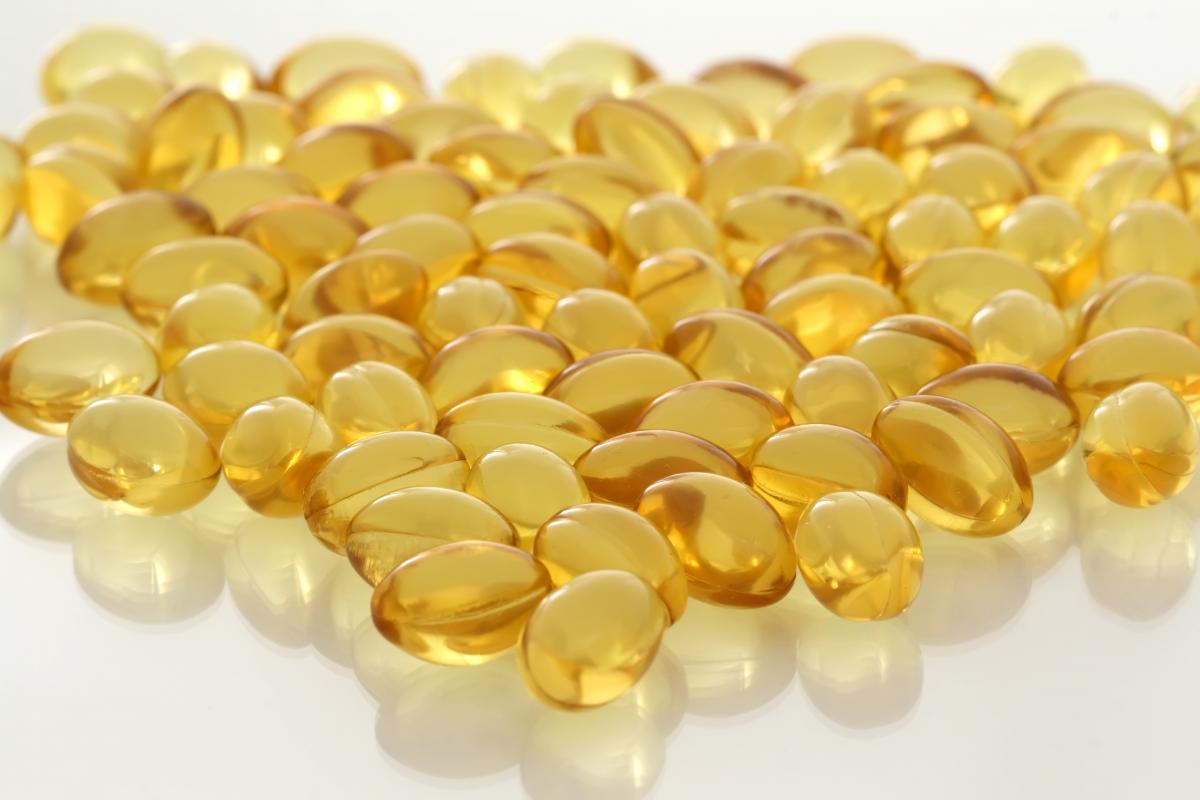THE Global Organization for EPA and DHA Omega-3s (GOED) aims to increase global consumption of omega-3s and to ensure the production of omega-3 products are at par with consumer expectations. In this exclusive interview with FoodPacific Manufacturing Journal, Chris Gearheart, Director – Member Communications & Engagement, brings you up to speed.
What factors are contributing to the upward trend in the omega-3 category? What is Asia’s contribution to this trend?
GOED’s proprietary research on the EPA/DHA omega-3 ingredient category suggests that the global EPA/DHA omega-3 market in 2016 was $1.2 billion in value. In our most recent report, global demand for omega-3 ingredients was highest in the dietary supplements category, followed by pet foods and infant formula.
Asia (which in our report includes SE Asia, China, Japan, and Korea) was by far the fastest growing market for omega-3s, led by demand for infant formulas in the region’s emerging markets concurrent with developing economies and rising incomes there. The formula category is even growing again in China, whose domestic infant formula took a severe hit after nation-wide formula quality control scandals in 2014.

(Photo © Squareplum | Dreamstime Stock Photos)
Is the intake of omega-3 among Southeast Asian consumers below the RDA? Has this improved over the years? What would you say are the reasons for this, and what can be done about it?
The Global Burden of Disease Project estimates that although Southeast Asia may have one of the relatively highest regional averages of EPA and DHA intake worldwide at an average intake of 145mg / day,[i] the intake amount still falls below global and SE Asian regional RDAs.
145mg/day is still below the 500 mg / day recommended by GOED[ii], the 250mg-2g recommendation from the Food and Agriculture Organization of the United Nations[iii], (2) the 1000mg/day recommended by Thailand’s Food and Drug Authority, and likely still below (3) the “two servings of fish a week” recommendation from Singapore’s Health Promotion Board[iv].
Please tell us about the activities undertaken by GOED to ensure a sustainable omega-3 market in Asia.
Most omega-3 fisheries around the world are managed sustainably. For example, the Peruvian anchovy fishery, which supplies 80% of the fish oil in supplements globally, is monitored by sonar survey twice a year, and at least twice in the past few years those surveys have resulted in cancelled fishing seasons in the interest of protecting the long-term viability of the biomass.
Similarly, the Antarctic krill fishery is monitored by CCAMLR (Commission for the Conservation of Antarctic Marine Living Resources) and the krill harvest is limited to 1% of the biomass of the allowable fishing region.
Lastly, other sources of omega-3s such as tuna or salmon are harvested from discards of the seafood industry that would otherwise be wasted.
Are there developments in the processing/production of omega-3?
We also see a variety of new raw material sources being developed. There are more algal EPA/DHA options available than ever before. There is a GM EPA and DHA-producing canola oilseed that has been submitted for approval in the U.S. and Canada, and there are many new marine sources, such as calamari oil, hoki oil and caviar oil. All offer a different marketing story for the consumer.
Improving microencapsulation technologies across the market is also making fortification with all these oils more palatable for global consumers.
[i] Global, regional, and national consumption levels of dietary fats and oils in 1990 and 2010: a systematic analysis including 266 country-specific nutrition surveys BMJ 2015; 350 :h1702
[ii] Global Organization for EPA and DHA Omega-3s. “Intake Recommendations.” http://goedomega3.com/intake-recommendations.
[iii] Food and Agriculture Organization of the United Nations (2010). Fats and fatty acids in human nutrition: Report of an expert consultation. FAO Food and Nutrition Paper 91. Rome. [online] Available at: http://www.fao.org/docrep/013/i1953e/i1953e00.pdf
[iv] Health Promotion Board. My Healthy Plate. 2014. [online] Available at: http://www.hpb.gov.sg/HOPPortal/programmes-article/HPB064355#fill_quarter_plate_meat [Accessed March 22, 2016]
Air Jordan














